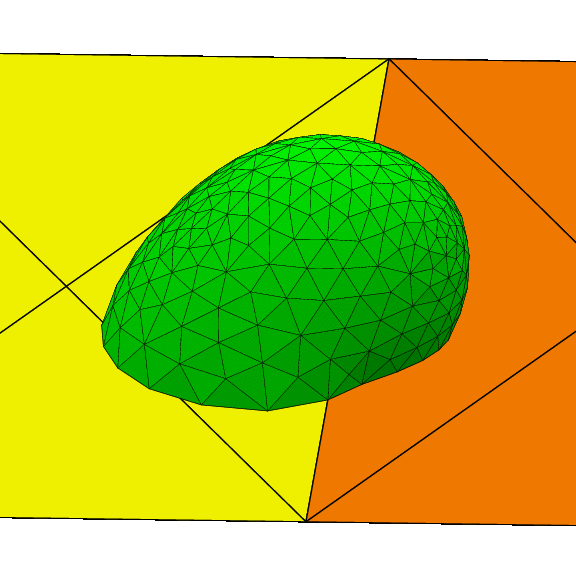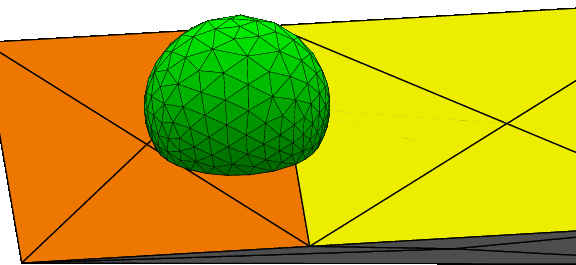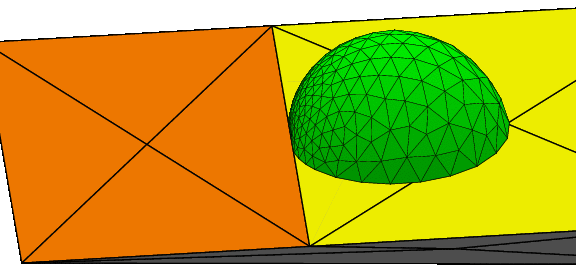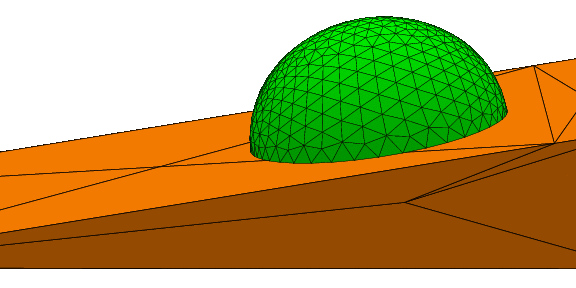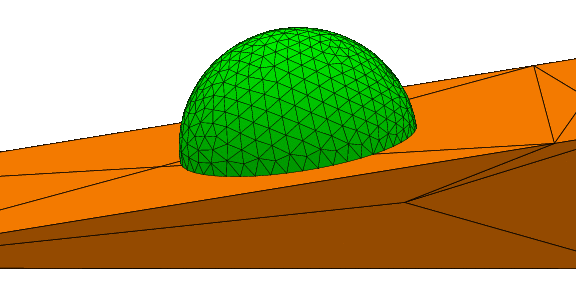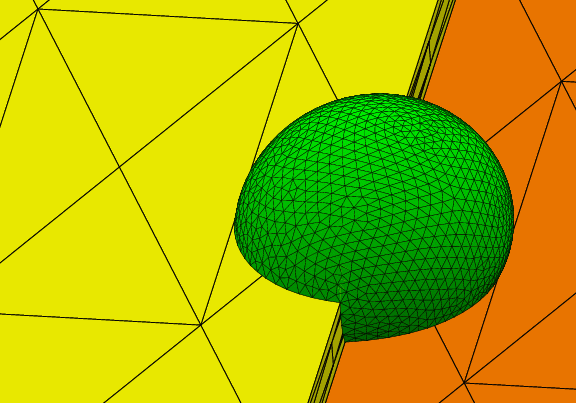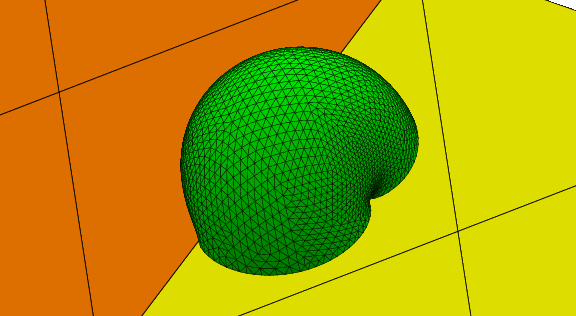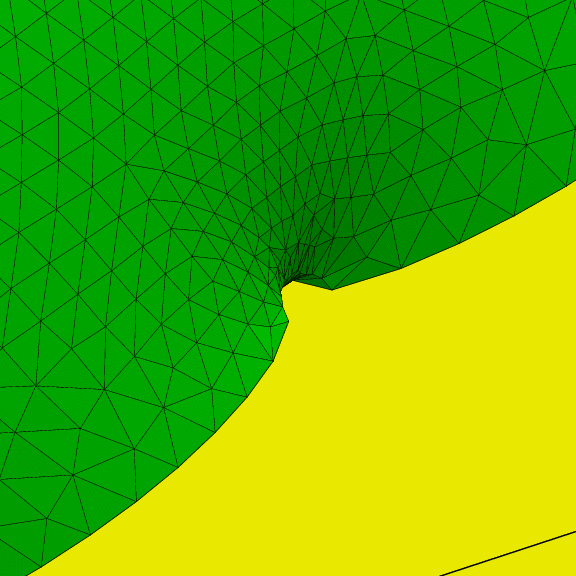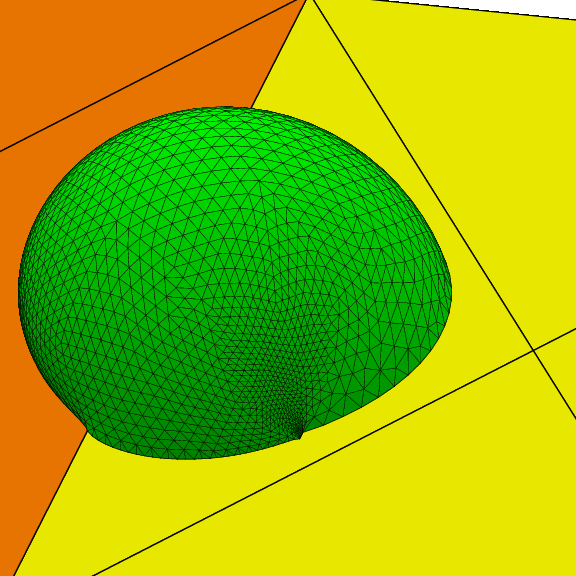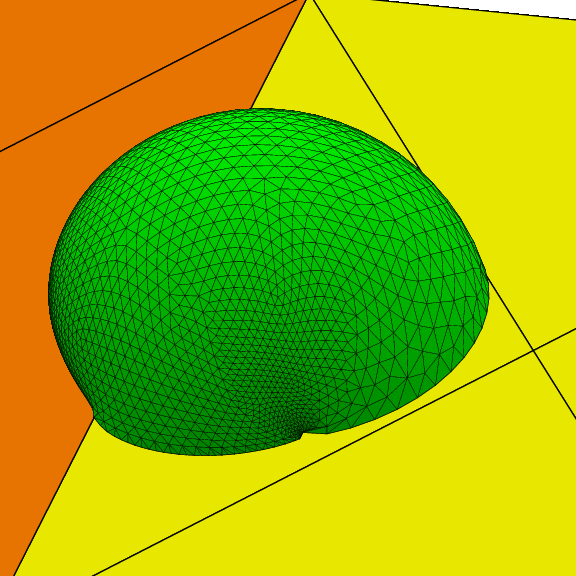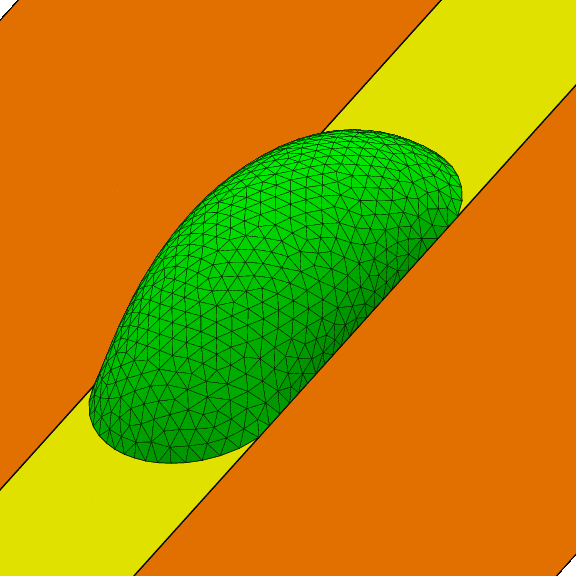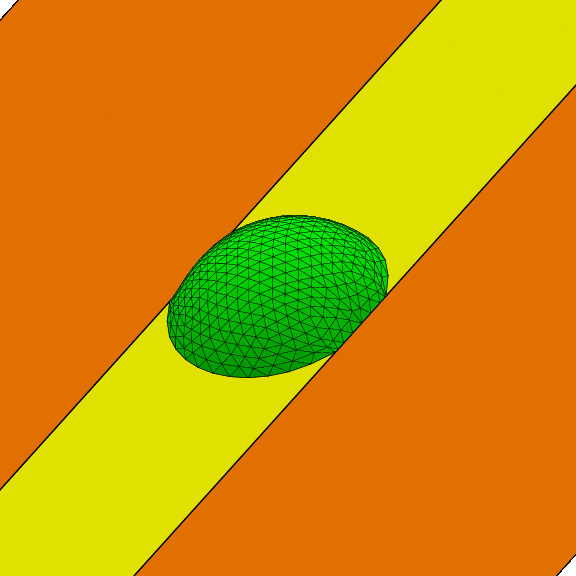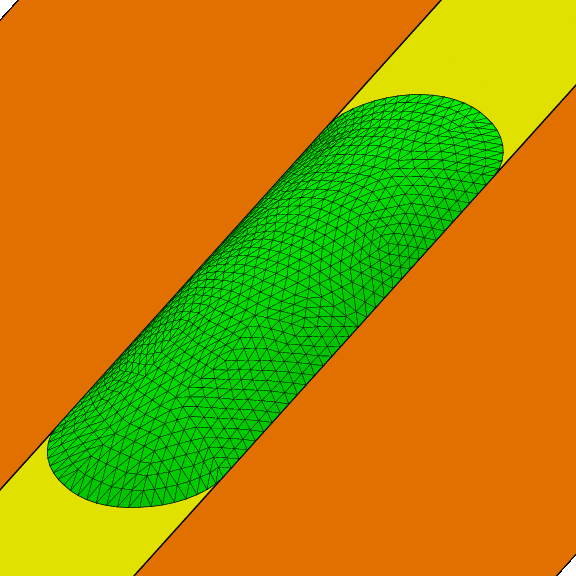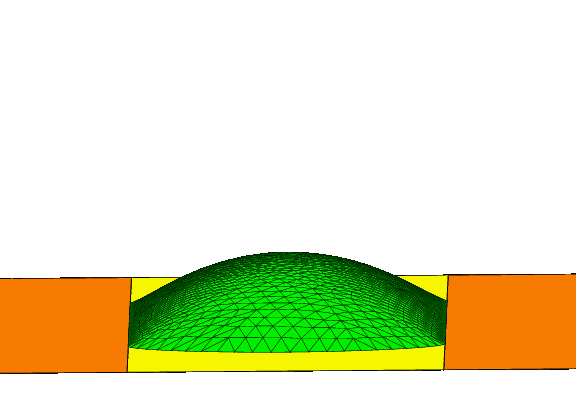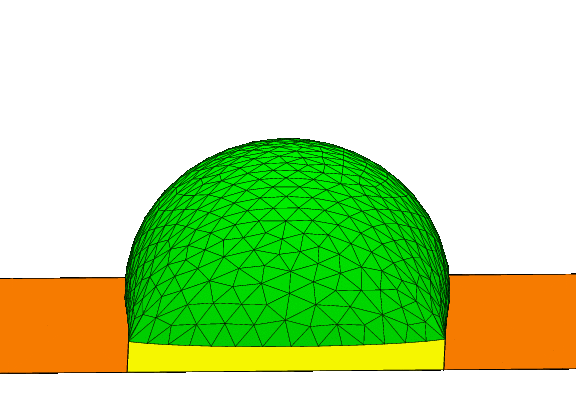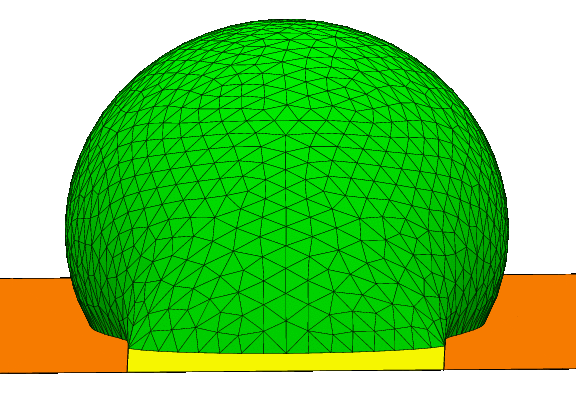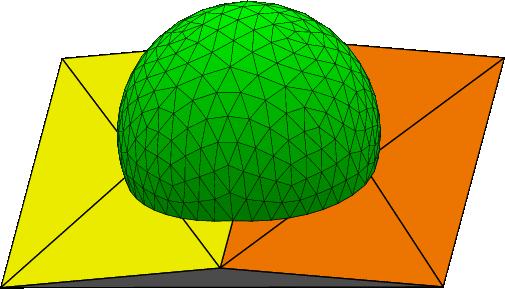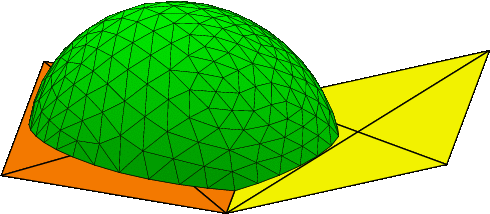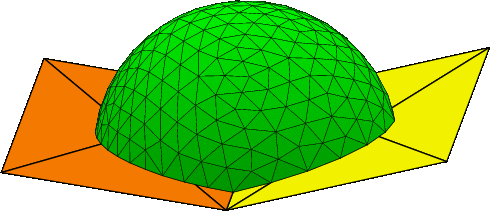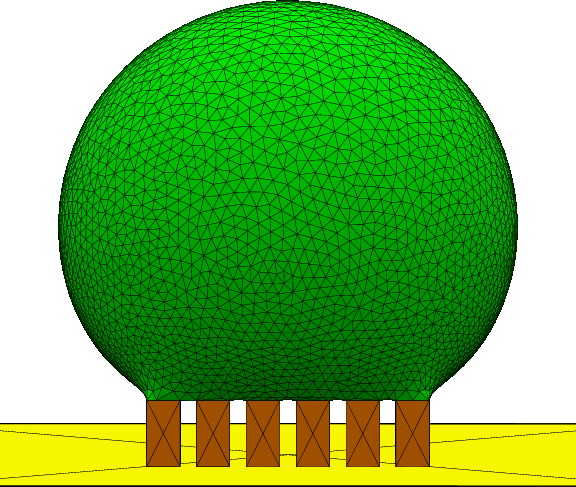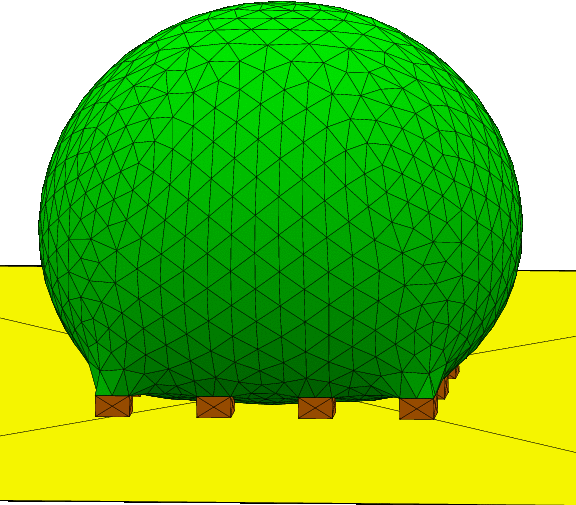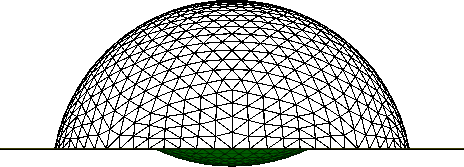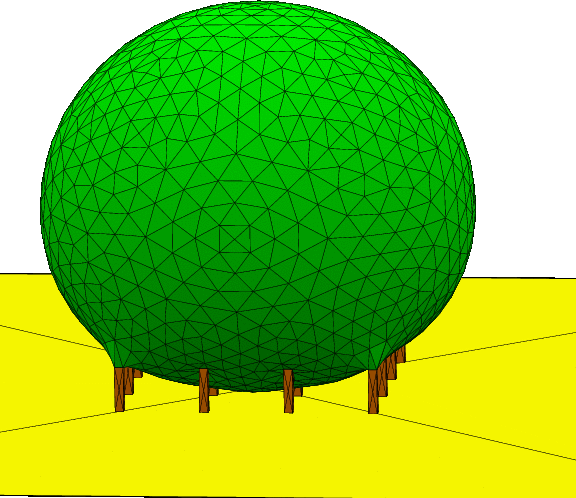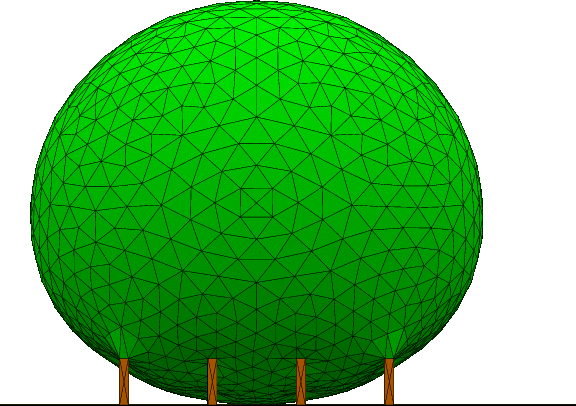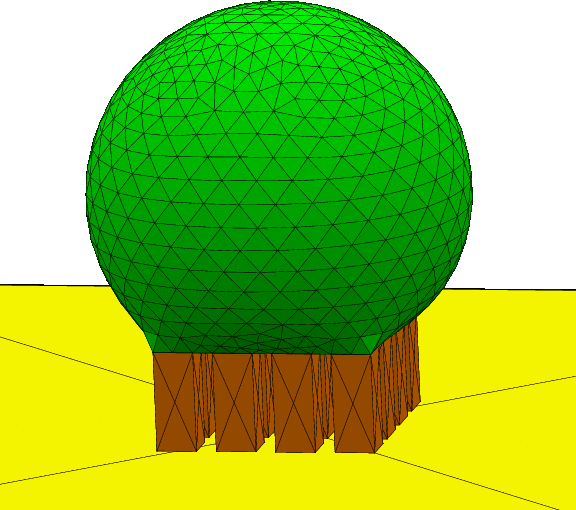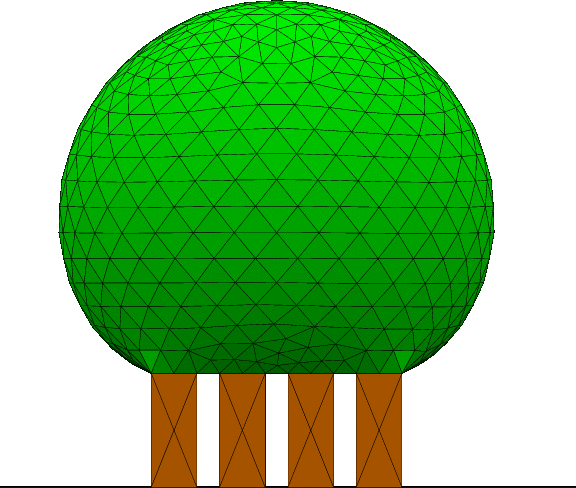The Physics of Microdroplets Chapter 4

This page contains Evolver datafiles for Chapter 4 images. The data files contain evolution scripts (always named "gogo") and scripts for producing EPS files for the book images (always named "run").
The image scripts set the viewing angle with the "view_matrix := ..." command. The particular view matrix used was generated by moving the surface by mouse by hand and then printing out the view matrix with the "print view_matrix" command, and cutting and pasting the result into the "run" command.
- Fig. 4-1 Sessile drop.
- Fig. 4-5 Drop moving toward hydrophilic side.
- Fig. 4-7 Drop moving uphill.
- Fig. 4-9 Drop sliding downhill.
- Fig. 4-10 Drop climbing step.
- Fig. 4-16 Defect pinning a drop.
- Fig. 4-17 Drop sliding around a defect
- Fig. 4-21 Drop on hydrophilic strip.
- Fig. 4-22 Cases for drop on hydrophilic strip.
- Fig. 4-23 End views of the four cases.
- Fig. 4-28 Bulging between square rods.
- Fig. 4-29 Drop on ridge.
- Fig. 4-30 Drop in valley.
- Fig. 4-37 Drop on top of pillars.
- Fig. 4-40 Drop on pillars, sagging.
- Fig. 4-41 Drop over hole.
- Fig. 4-42 Drop on sparse pillars.
- Fig. 4-43 Drop on close-set pillars.
Get Surface Evolver
Back to book home page.


